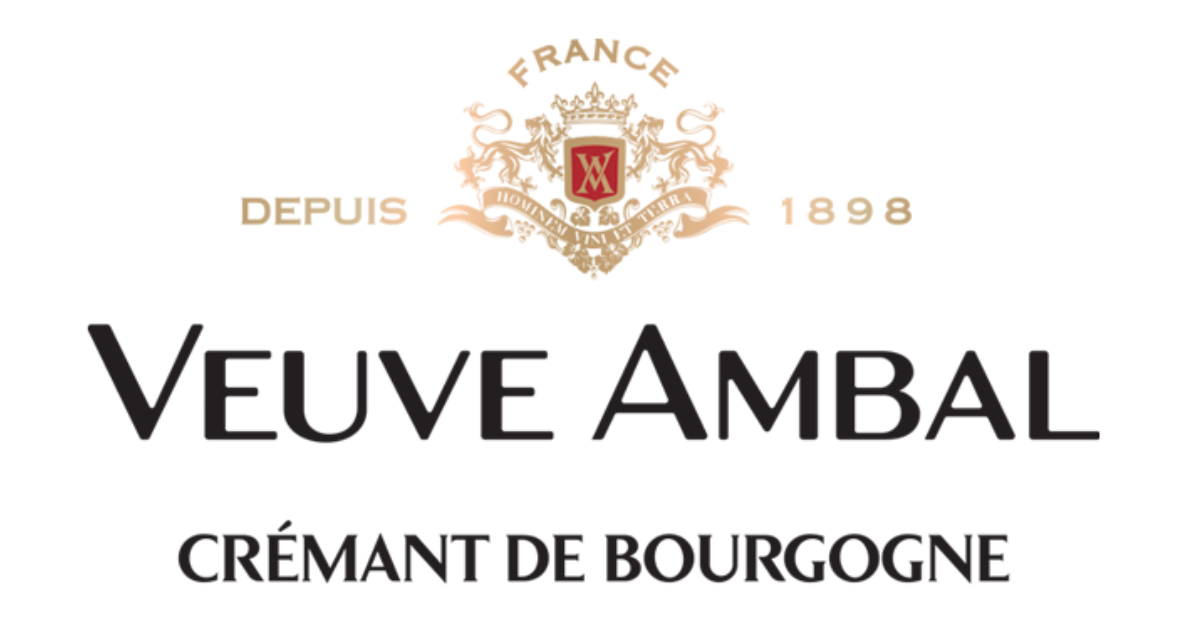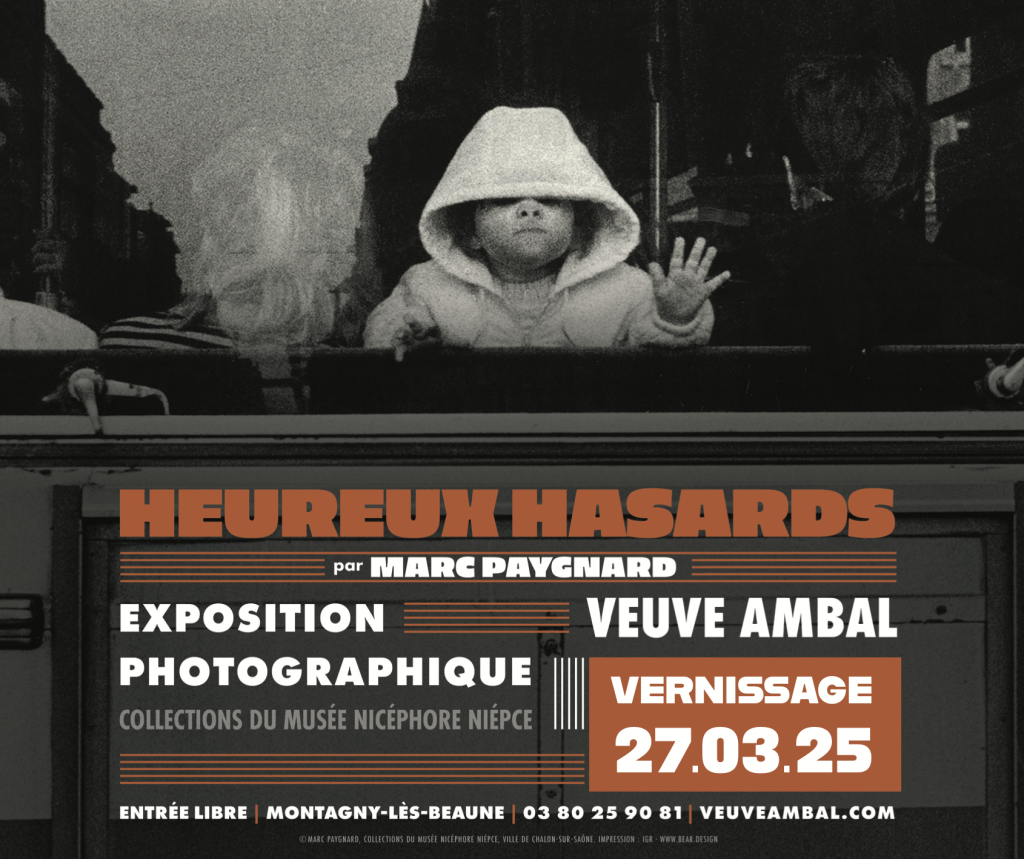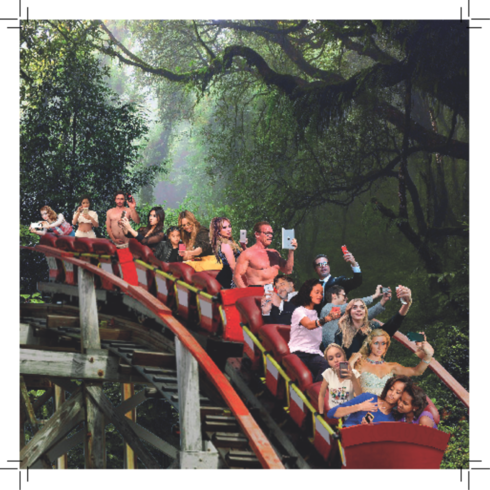from 03/11 to 05/23/2016
It’s so good! Photographic exhibition of 1950s advertisements from the collections of the Musée Nicéphore Niépce, Chalon-sur-Saône.
During the 1950s, advertising was written in color. Like a weapon of mass seduction, it used and abused colorful strings and a great deal of humor. In the press or on commercial media (posters, leaflets, etc.), photomontages and slogans with striking typography make up an effective and striking advertising photography.
Advertising photography was born around 1928-1930. It progressed and developed in step with the evolution of printing techniques. Between the wars, photographers were increasingly in demand by companies. Photographers’ studios specialized, multiplying and responding to the flood of orders. The conquest of the advertising market was not yet a foregone conclusion, however, and illustration dominated until 1939.
The 1950s saw the advent of photography in press advertising. The development of industrial rotogravure printing revolutionized the industry. Also known as rotogravure, it allowed photography to be used freely in printed media. Photographers and magazines loved this technique and its strong points: deep contrast, precise screening, unlimited choice of shades, etc. Four-color process printing applied to gravure gives immediate strength to the image, with its vivid rendering and hues bordering on saturation. Hand retouching completes the result by accentuating the line.
and erasing imperfections.


